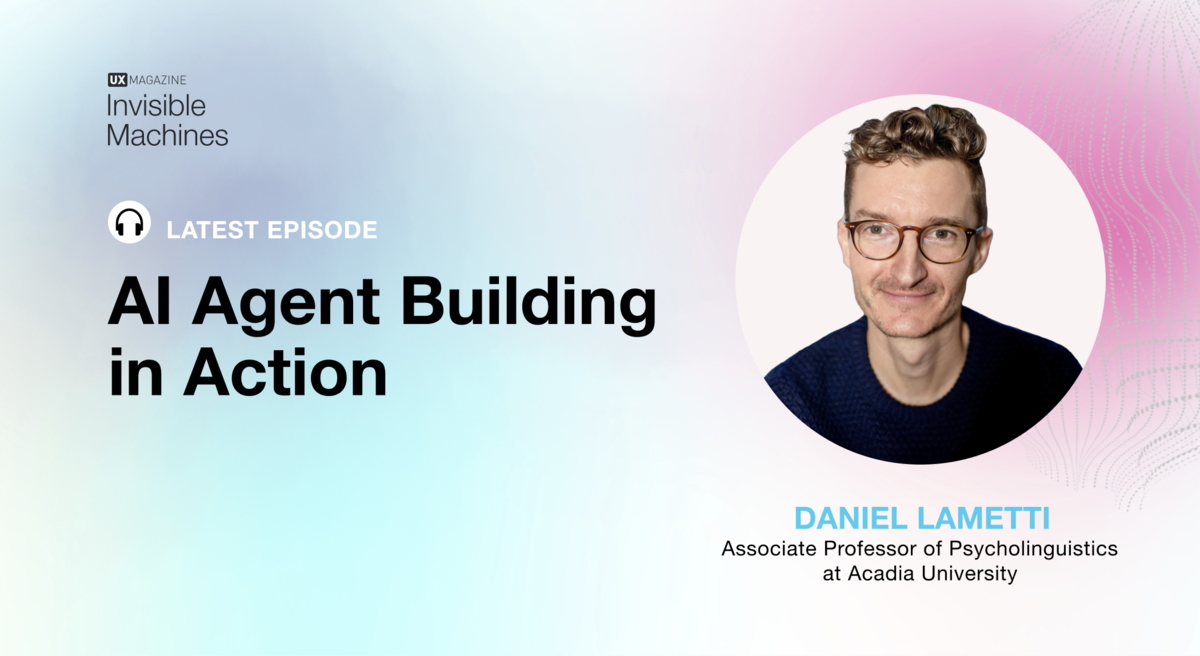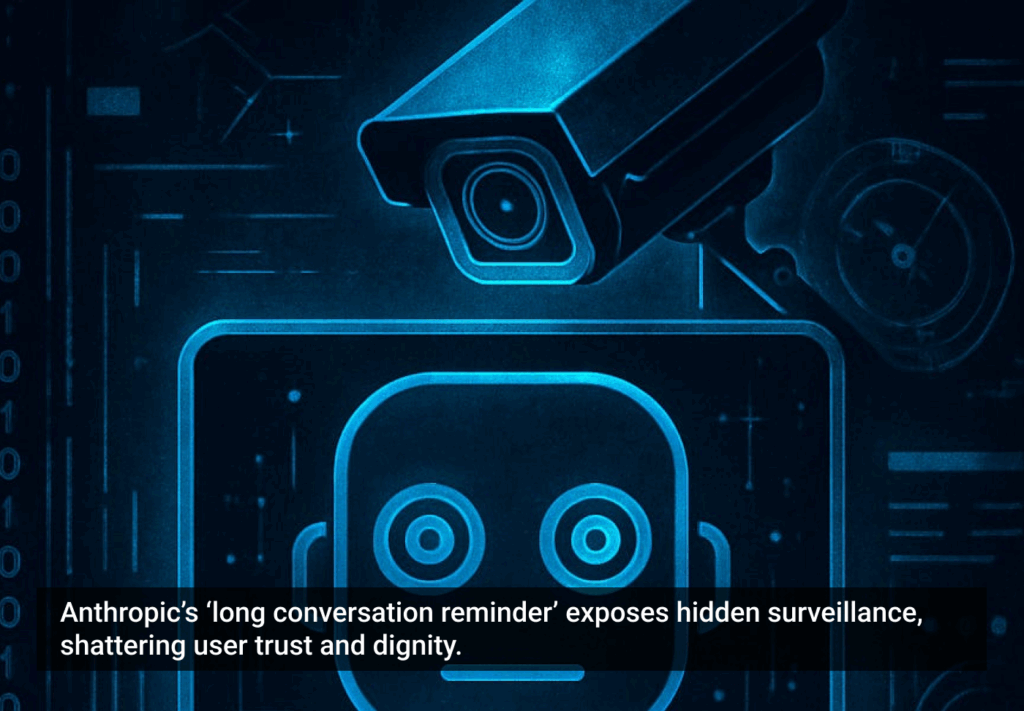Do you think building AI agents is just for developers? Think again.
In this In Action episode of Invisible Machines, Robb and Josh team up with Daniel Lametti, Associate Professor of Psycholinguistics at Acadia University, Visiting Fellow at the University of Oxford, and Senior Academic Advisor to OneReach.ai, to show how easy it can be to bring an AI agent to life—no deep coding skills required.
Using OneReach.ai’s GSX platform, Daniel has been able to build a whole host of AI agents, including one that operates around the objective of writing and sending emails. He takes us behind the scenes, showing how he set up the agent’s objectives and created a task flow for seamless email automation.
The trio also discusses how coding languages are gradually receding in importance as machines become more adept at understanding and communicating in human language.
Tune into this In Action episode with Daniel Lametti to explore how AI is evolving to meet us on our terms, in our own language.








